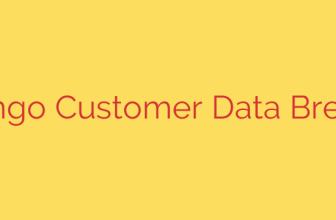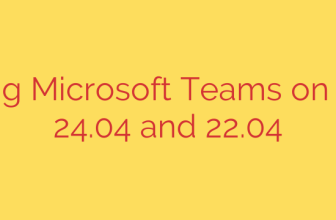
Unencrypted Satellites: The Massive Security Blind Spot Exposing Global Data
In an age of constant connectivity, we often look to the skies for our data needs. From providing internet to remote locations to guiding ships across the ocean, satellites are the invisible backbone of modern global communication. But a glaring vulnerability exists in this system, one that leaves a vast amount of sensitive data exposed to anyone with the right equipment and a little know-how: a shocking amount of satellite traffic is completely unencrypted.
This isn’t a theoretical threat. Security researchers have repeatedly demonstrated that intercepting data from satellite feeds is not only possible but, in many cases, surprisingly simple. This exposes everything from corporate emails and private documents to the web browsing activity of individuals on planes and ships.
The Scope of the Vulnerability
Satellites are crucial for industries operating in areas where terrestrial infrastructure is non-existent. This includes the maritime, aviation, military, and energy sectors. They are the lifeline for remote operations, humanitarian missions, and journalists working in conflict zones.
The critical issue is that many of these satellite links, particularly older ones, operate on the assumption that the physical distance and complexity of the technology provide sufficient security. This is a dangerously outdated belief. In reality, a significant portion of global satellite data traffic is transmitted in cleartext, meaning it has no encryption whatsoever. This data can be thought of as a postcard sent through the mail—anyone who intercepts it can read its contents.
How Satellite Eavesdropping Works
Intercepting unencrypted satellite signals does not require the resources of a government intelligence agency. The equipment needed—a standard satellite dish and a special tuner card for a computer—is commercially available and relatively inexpensive. With this setup, a malicious actor can simply point a dish at a satellite and “listen in” on the vast streams of data being beamed back to Earth.
This makes it possible to capture a wide array of sensitive information:
- Corporate Communications: Internal emails, strategic plans, and financial documents.
- Personal Data: Login credentials, private messages, and browsing histories from in-flight or maritime Wi-Fi.
- Industrial Data: Sensitive operational data from remote energy facilities or industrial control systems (SCADA).
- Government and Military Traffic: While the most sensitive data is typically encrypted, routine communications or data from third-party contractors may be left vulnerable.
The ease of access means that this vulnerability is not just a concern for nation-states but also for corporate spies, cybercriminals, and even curious hobbyists.
Why Is So Much Data Still Unencrypted?
Several factors contribute to this persistent security failure. Many satellite systems in operation today are legacy hardware, designed and launched before modern cybersecurity standards became a priority. Upgrading or replacing these systems is an incredibly complex and expensive undertaking.
Furthermore, some service providers and their clients simply opt-out of encryption to save on costs or reduce latency, assuming the risk is low. This creates a critical blind spot where convenience is prioritized over security. The failure to implement end-to-end encryption is often a result of outdated infrastructure, cost considerations, and a fundamental misunderstanding of the risks involved.
Protecting Your Data: Actionable Security Measures
While the responsibility to secure satellite networks ultimately lies with the operators, users are not helpless. You can take concrete steps to protect your data, treating any satellite connection as you would an untrusted public Wi-Fi network.
Always Use End-to-End Encryption (E2EE): This is the single most important defense. Use a reputable Virtual Private Network (VPN) to encrypt all your internet traffic. For communications, rely on E2EE applications like Signal or WhatsApp. Ensure you are always connecting to websites via HTTPS, indicated by the padlock icon in your browser’s address bar.
Verify Your Provider’s Security: If you rely on satellite communications for your business, ask your provider direct questions about their security protocols. Do they offer encryption as a standard feature? What measures do they have in place to prevent unauthorized access?
Assume the Link is Hostile: Operate under the assumption that the satellite link itself is insecure. This security-first mindset encourages better practices, such as avoiding the transmission of sensitive data unless it is protected by strong, application-level encryption.
Keep Software Updated: Ensure all your devices, software, and applications are fully patched and up-to-date. This helps protect against vulnerabilities that could be exploited in combination with an insecure connection.
The sky may be vast, but it is not a secure vault for our data. As our reliance on satellite technology grows, we must move beyond the outdated assumption that distance equals security. Adopting a modern, layered security approach is essential to closing this critical vulnerability and ensuring our global communications remain private and protected.
Source: https://securityaffairs.com/183404/hacking/unencrypted-satellites-expose-global-communications.html








